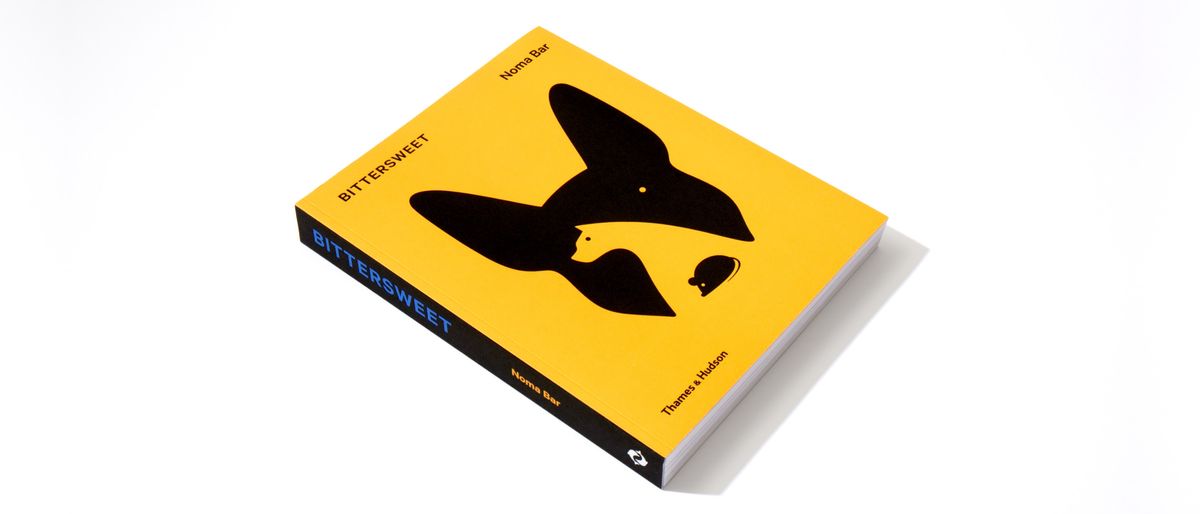Our Verdict
An exhaustive, inspiring and weighty tome, Bittersweet proves Noma Bar isn’t just about the two-dimensional editorial work he’s best known for.
For
- Over 400 illustrations
- Interesting examples of non-editorial work
- Insight into the creative process
Against
- Nothing.
Why you can trust Creative Bloq
Modern day master of crisp, visual double entendres Noma Bar has been making the sort of two-in-one illustrative delights that make you go 'a-ha!' for decades now. His work has graced the likes of The Guardian, The New York Times, The Economist, Wallpaper* and countless other publications.
Though as the exhaustive and weighty new tome Bittersweet (published by Thames & Hudson with an RRP of $45/£29.95) proves, he’s not just about the two-dimensional editorial work he’s best known for.
The Israeli-born artist works just as smartly and succinctly on vast outdoor works (such as his bird-shaped wooden pavilion in the forest at Japan’s Nagano Prefecture) or on the app Chineasy, created by ShaoLan Hsueh to teach children Chinese. In short, his signature visual puns are remarkably versatile.
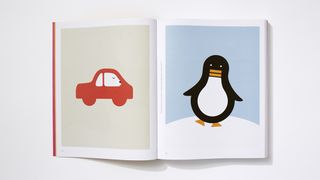
This is made all the more evident across the vast array of illustrations presented by Bittersweet – more than 400 of them – all selected by Bar himself.
What’s so charming about flicking through these pages – each and every one a source of intrigue and delight – isn’t just the images, but lies in learning snippets of how such seemingly effortless and sublimely wrought ideas came into being.
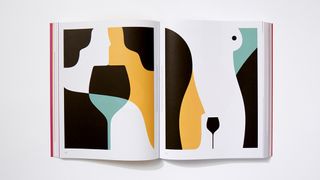
Bar sweetly describes a formative trip in London in 1997, before he eventually made it his home, idly leafing through Charing Cross bookshops for inspiration. It makes perfect sense when he notes that the work of Alan Fletcher was a turning point in his career, and signalled a move away from the Hebrew type design he’d previously focused on.
“I went back to basics,” he writes, “drawing my hands, trying out facial expressions in front of the mirror, spending endless nights drawing my silent language. I looked at street signs, pictograms and iconography and started to use them to tell stories.”
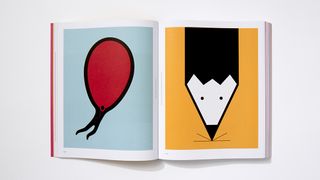
He made postcards, sent them to Fletcher, who pointed him in the right direction of commissioning editors, and the rest is history.
It’s a history that also shows just how quietly innovative Bar’s work has been: so many blogs and Instagram accounts now are based on using found objects to tell miniature narratives, something Bar has done for years. Similarly, the illustrator’s obsession with finding and documenting faces in apparently inanimate objects is something that’s cheerfully ubiquitous today.
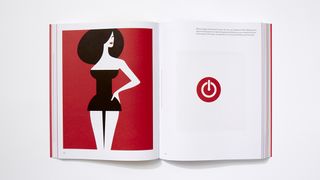
In the introduction to the book, Pentagram designer and design critic Michael Bierut aptly describes Bar as a “magician” – one who “turns cats into dogs, sheep into wolves, tulips into tables, and sandals into sunbathers.
“And as with any great magician, the trick is so deft and effortless you can barely trust the evidence of your own eyes.” He concludes: “Magicians make their tricks look easy. So does Noma Bar.”
Related articles:

Thank you for reading 5 articles this month* Join now for unlimited access
Enjoy your first month for just £1 / $1 / €1
*Read 5 free articles per month without a subscription

Join now for unlimited access
Try first month for just £1 / $1 / €1
out of 10
An exhaustive, inspiring and weighty tome, Bittersweet proves Noma Bar isn’t just about the two-dimensional editorial work he’s best known for.

Emily Gosling is a freelance art and design journalist currently writing for titles including Creative Review, Eye on Design, Creative Boom and People of Print. She’s previously worked at Elephant magazine, It’s Nice That and Design Week, and was editor of Type Notes magazine. Her book Creative Minds Don’t Think Alike was published by Ilex Press in 2018, and she also plays bass as one-quarter of the eight-titted beast, Superstation Twatville.
